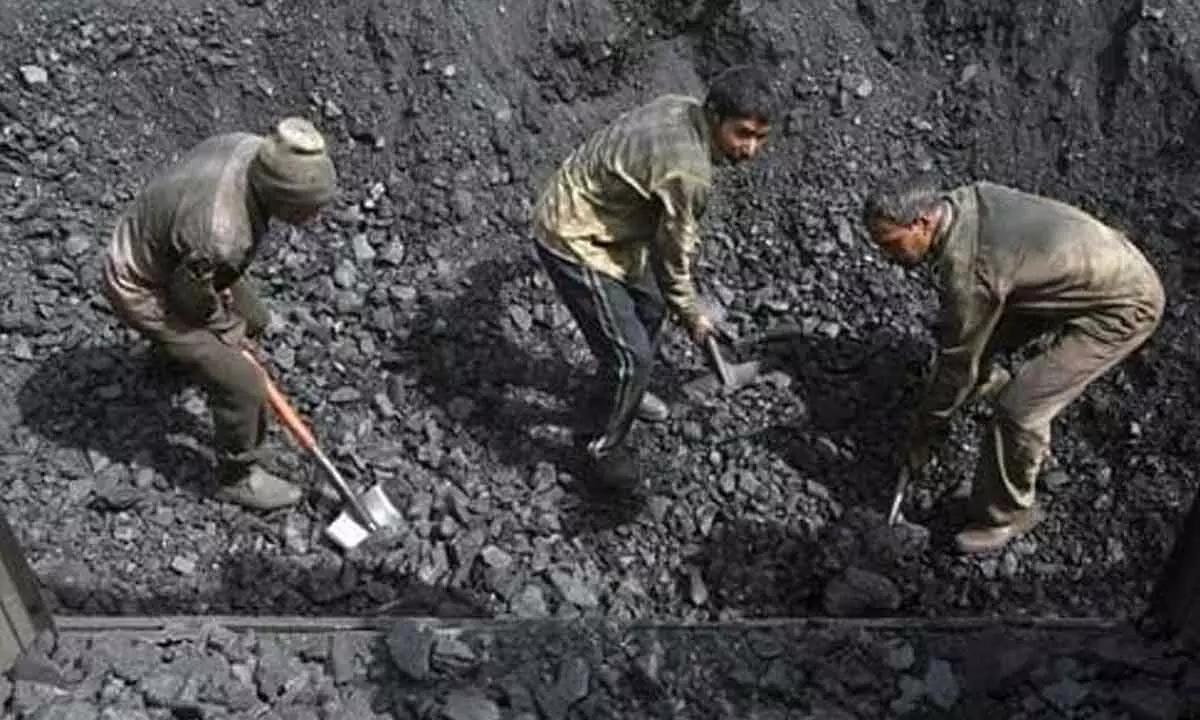Live
- Weekly Health Check-Up Camp Launched for Municipal Staff Under Telangana’s 100-Day Action Plan
- Will discuss in session how many families Kumaraswamy has made to shed tears: DCM DK Shivakumar
- Toyota Kirloskar Motor hosted an exclusive off-road drive experience for the Hilux in Shamirpet
- Isuzu Motors India Expands Service Network in Andhra Pradesh
- Bakrid 2025 in India: Date, History, Significance, Rituals & How Eid al-Adha Is Celebrated
- Eid-ul-Adha 2025: Celebrate Bakrid with Meaningful Wishes and Messages
- Friendship, dreams and reality collide in new Amazon MX Player drama Lafangey
- Roshan Kanakala’s ‘Mowgli 2025’ nears completion with high-octane action climax
- ‘HHVM’ release postponed, makers promise spectacular comeback
- Meenakshi Chaudhary sets internet ablaze in a mustard trail gown








